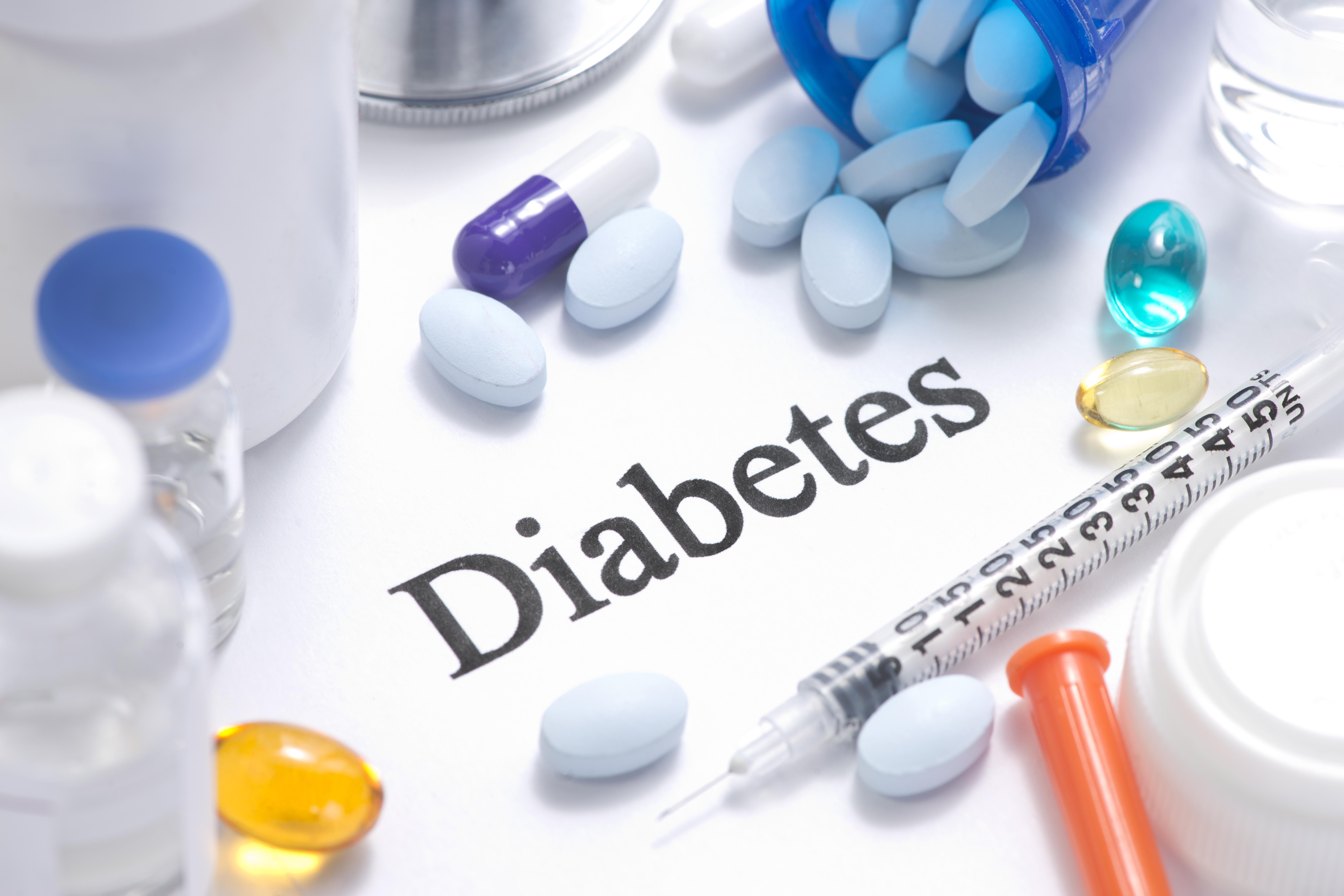Patient Survey Details Preferences for Newer Oral Therapies in Type 2 Diabetes

An analysis of online survey data from people with type 2 diabetes is providing new insight into patient preferences related to newer oral therapies in type 2 diabetes.
A custom survey assessing responses to blinded drug profile comparisons comparing empagliflozin 25 mg, oral semaglutide 14 mg, and sitagliptin 100 mg, results of the study provide insight into the most important attributes and most concerning risks pertaining to these newer agents, with results indicating the highest blinded preference score was for the profile matching empagliflozin followed by sitagliptin then oral semaglutide.
“These findings have significant implications as they suggest that patients may be hesitant to initiate guideline-directed medical therapy oral antihyperglycemic therapies with cardiovascular benefit due to side effect concerns,” investigators wrote. “It is possible that these findings reflect a lack of awareness amongst patients of the CV risks associated with T2DM and more focus on side effects and short-term quality of life.”
In recent years, the field of cardiometabolic health has experienced an explosion in knowledge and advancement led primarily by the revelation of the cardiorenal protective benefit provided by some antihyperglycemic agents, such as SGLT2 inhibitors, oral GLP-1 receptor agonists, and DPP-4 inhibitors. However, despite the growing knowledge of these benefits, uptake of these agents has lagged behind, even with inclusion in recent guideline updates.
Led by Gianluigi Savarese, MD, of the Division of Cardiology at Karolinska Institute, and Abhinav Sharma, MD, of the Division of Cardiology at McGill University, the present study was launched with the intent of developing a more thorough understanding of patient preferences related to oral therapies antihyperglycemic agents. With this in mind, investigators designed the current study as an analysis of data from a custom survey distributed to the dQ&A Diabetes Patient Panel, which is a patient panel of more than 15,000 people with type 1 or type 2 diabetes.
Distributed between August 16-23, 2019, investigators received completed surveys from 553 (67.9%) of the 815 patients contacted and issued surveys. Within the survey, participants were presented with hypothetical, blinded, pairwise, drug profile comparison choices, with benefits and harms derived from phase 3 trials for each agent.
Regarding participant characteristics, 25% had an HBa1c of 6.5-7%, 24% had an HbA1c greater than 8%, 26% had a known history of cardiovascular disease, 55% had cardiovascular disease risk only, and 62% were insulin users. Investigators pointed out all demographic and health outcomes data were self-reported, respondents received $10 for participation in surveys, and the median time to completion was 14.5 minutes.
Upon analysis, investigators found genital infection risk was the most important attribute of an agent’s clinical profile (relative score: 19% [z-test, P=.077]). The next most important attributes from the patient perspective were fasting requirements (15%), weight reduction (15%), risk of vomiting (14%), cardiovascular benefit (12%), and risk of nausea (11%). Investigators highlighted HbA1c and ability to take other medications were considered the most important factor by 8% and 6% of respondents, respectively. When blinded to drug names and dose, 41% of survey respondents chose a profile similar to empagliflozin, 31% chose a profile similar to sitagliptin, 11% chose a profile similar to oral semaglutide, and 17% elected to choose none of the options.
“These results can facilitate broader conversation between patients and clinicians in determining patient-centric therapies, as advised by the American Diabetes Association and European Society of Cardiology guidelines for type 2 diabetes mellitus treatment and may lead to improved compliance and outcomes,” investigators added in their conclusion.
This study, “Patient preferences for newer Oral therapies in type 2 diabetes,” was published in the International Journal of Cardiology.